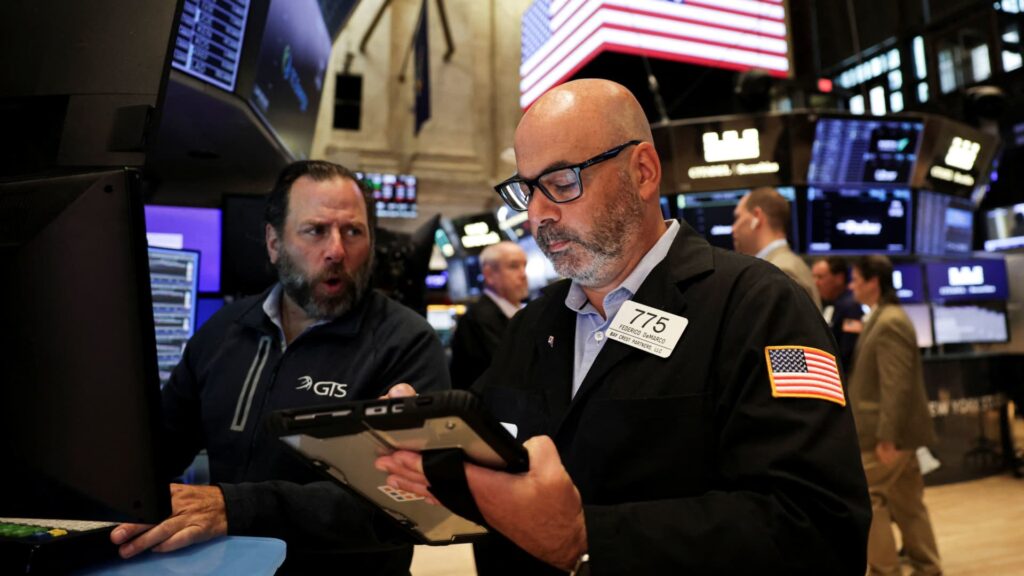U.S. Treasury yields rose Friday as investors’ jitters over a potential credit crisis in the banking sector eased.
The 10-year Treasury yield was up 3 basis points to 4.005%. The 2-year Treasury note also rose more than 3 basis points to 3.462%. The 30-year bond yield ticked up nearly 2 basis points to 4.60%.
One basis point is equal to 0.01% and yields and prices move in opposite directions.
Treasury yields are trading higher following traders’ flight to safe-haven assets on Thursday when concerns about bad lending practices in the private credit market flared up. Zions Bancorporation had disclosed on Wednesday a $50 million loss on two commercial loans. Then, Western Alliance claimed Thursday that a borrower had committed fraud. The back-to-back incidents prompted concern that risky loans may be lurking on banks’ books. However, as investors digested the news, opinion appeared to be shifting to see the loan losses as a manageable situation and not the start of a broader crisis.
Regional bank earnings out Friday may have contributed to that improving sentiment. Fifth Third Bancorp, for example, saw a jump in profit even as its credit losses grew due to exposure to bankrupt subprime auto lender Tricolor.
Traders are also weighing several important developments abroad, including recent escalations in the U.S.-China trade war and the U.S.’ recent efforts to diffuse a geopolitical crisis in Eastern Europe.
President Donald Trump on Thursday unexpectedly revisited discussions with Russian President Vladmir Putin over the ongoing Ukraine War. The heads of state will soon convene in Budapest, Hungary, for an additional round of in-person talks to negotiate peace in Ukraine, Trump said Thursday in a social media post. Trump is slated to meet with Ukrainian President Volodymyr Zelenskyy before the week’s end.
Investors are also taking stock of the ongoing government shutdown, which is in its third week, as lawmakers fail to reach an agreement on the federal budget. During the shutdown, federal agencies have suspended releases of critical economic data, hindering investors’ abilities to properly gauge the heath of the U.S. economy.

